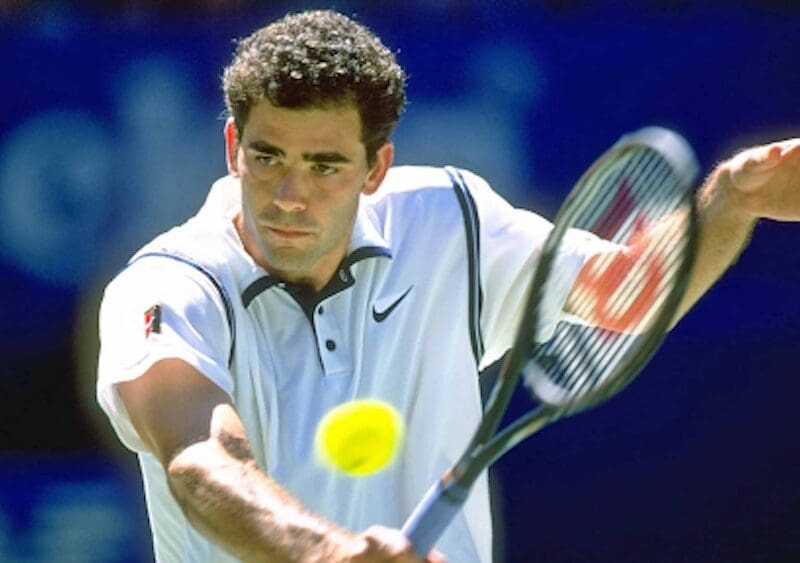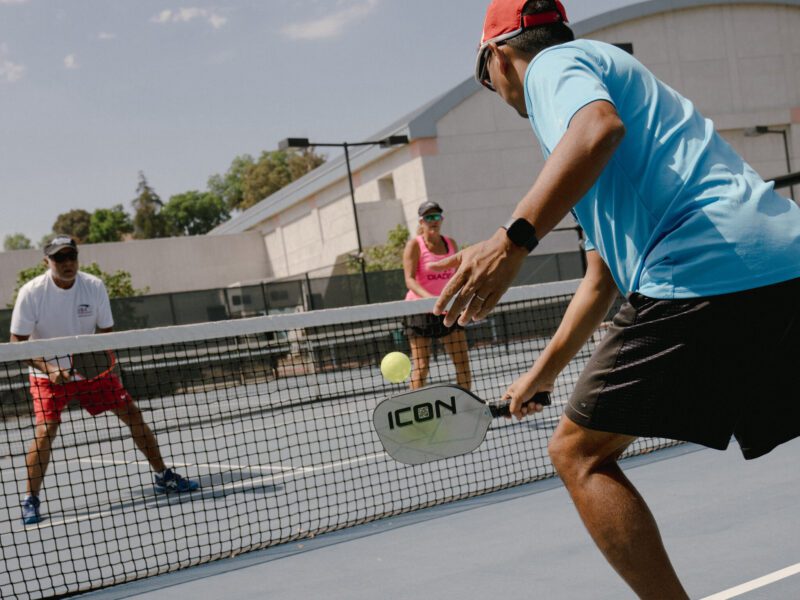
4 Basic Tennis Grips Every Player Should Know
Tennis is a demanding sport that requires all of your body’s muscle groups to work in unison for extended periods. Tennis is also a mental game that requires players to think quickly and choose the best shot to win the point. In addition, different shots occasionally need various grip changes—understanding when and how to use the correct grip is critical to determining the best strategy to win the match.
Whether you are just beginning to learn tennis, a pro, or an enthusiast, it is crucial to know the different tennis grip sizing. The grip size of a tennis racquet makes a significant difference in its performance. A too-small grip requires additional muscle strength to prevent the racquet from twisting in your hands. Using a grip that is small for an extended period can contribute to tennis elbow problems. A large grip impairs wrist snap on serves, makes grip changes difficult, and requires more muscle strength. Prolonged use of a larger than the correct sizing of the grip can also contribute to tennis elbow issues.
Ways to Identify the Correct Grip
1.With an eastern forehand grip, palm against the same bevel as the string face, the index finger of your non-hitting hand should fit in the space between your ring finger and palm. If your index finger does not fit comfortably in the grip, it is too small. If space exists between your finger and palm, your grip is too large.
2.If you do not have a racquet on hand, you can also use a ruler to determine your grip size. Using a ruler, get the measurement of the bottom lateral crease of your palm and measure the tip of your ring finger with your hand open and fingers extended close together.
A Sizing Anywhere in Between
On the majority of racquets, it is easier to increase the handle size. Indeed, the handles of the majority of today’s lightweight racquets cannot be shrunk. If you are not sure of your grip size, choose the smaller one and add an overgrip to achieve the optimal fit. A typical overgrip adds 1/16 inch to the grip. Additionally, you can increase the size of the grip by using a heat-shrink sleeve. One heat shrink sleeve adds 1/8 inch to the grip size. Both methods add a slight (7-16 grams) to the overall weight of the racquet, but the benefits of a proper grip size far “outweigh” the disadvantages of this added mass.
It is recommended that you replace your grip regularly. A clean, adequately wrapped grip improves racquet control and confidence.
In line with the grip sizing, it is equally essential to get acquainted with the types of tennis grips like the continental grip, eastern grip, semi-western grip, and western grip. Tennis grips come in various styles to aid players in producing consistent, powerful groundstrokes and shots. Each of the handle’s eight angles is called a bevel. The racket head aligns with bevel #1 at the top, and each racket grip aligns with a different bevel, depending on whether you are a righty or a lefty.









